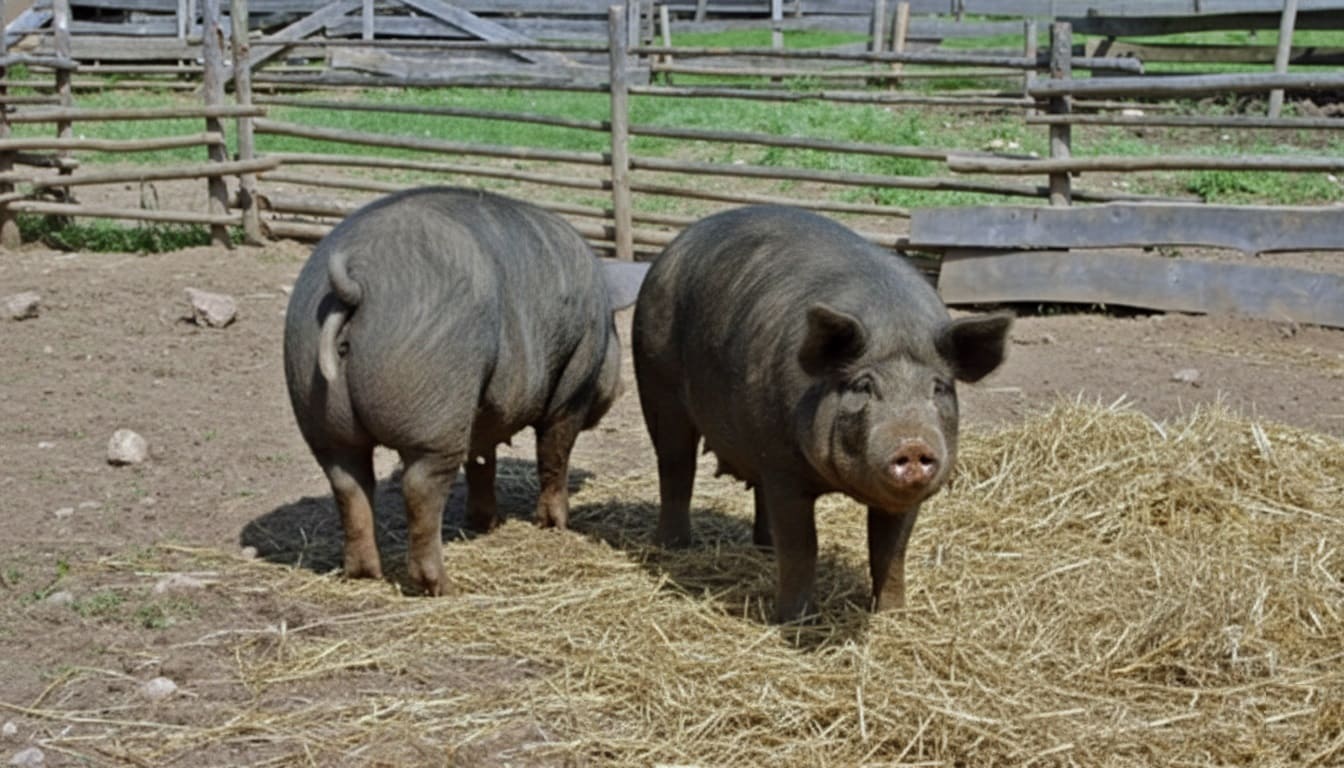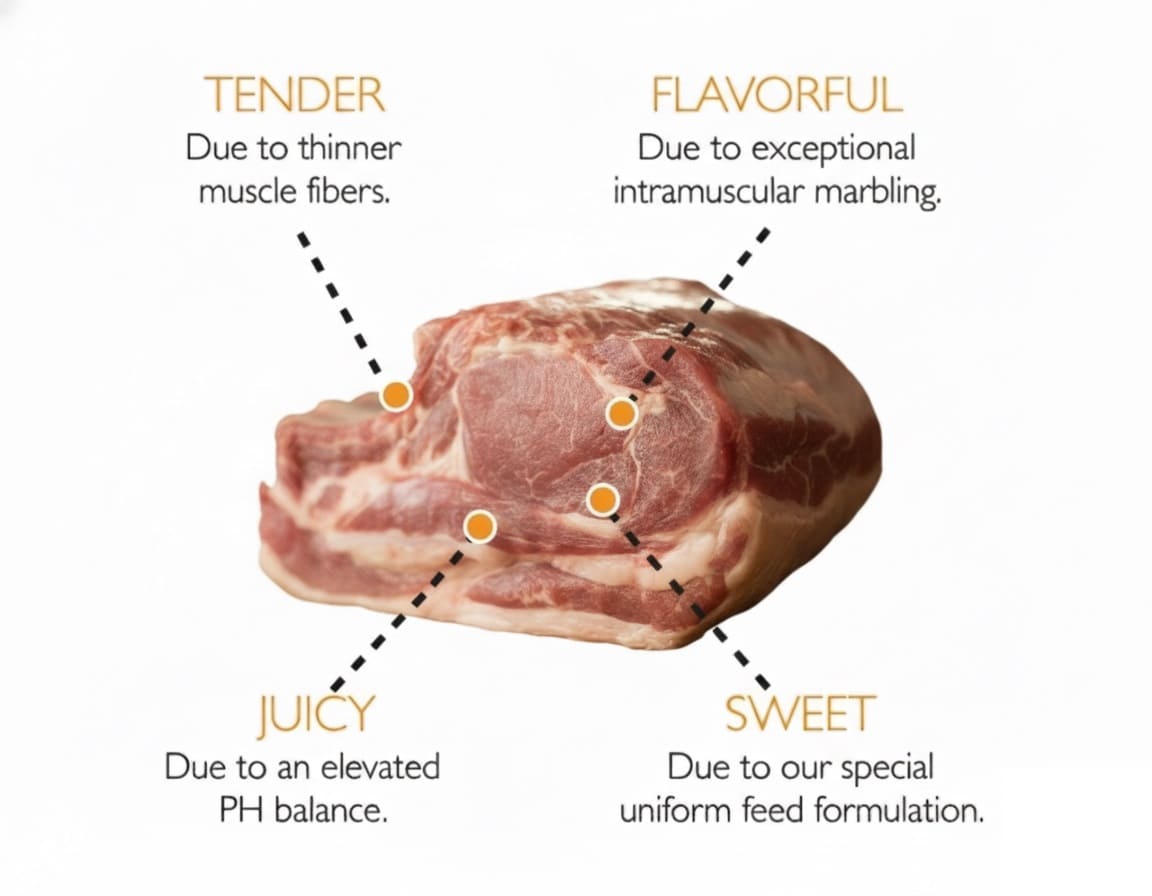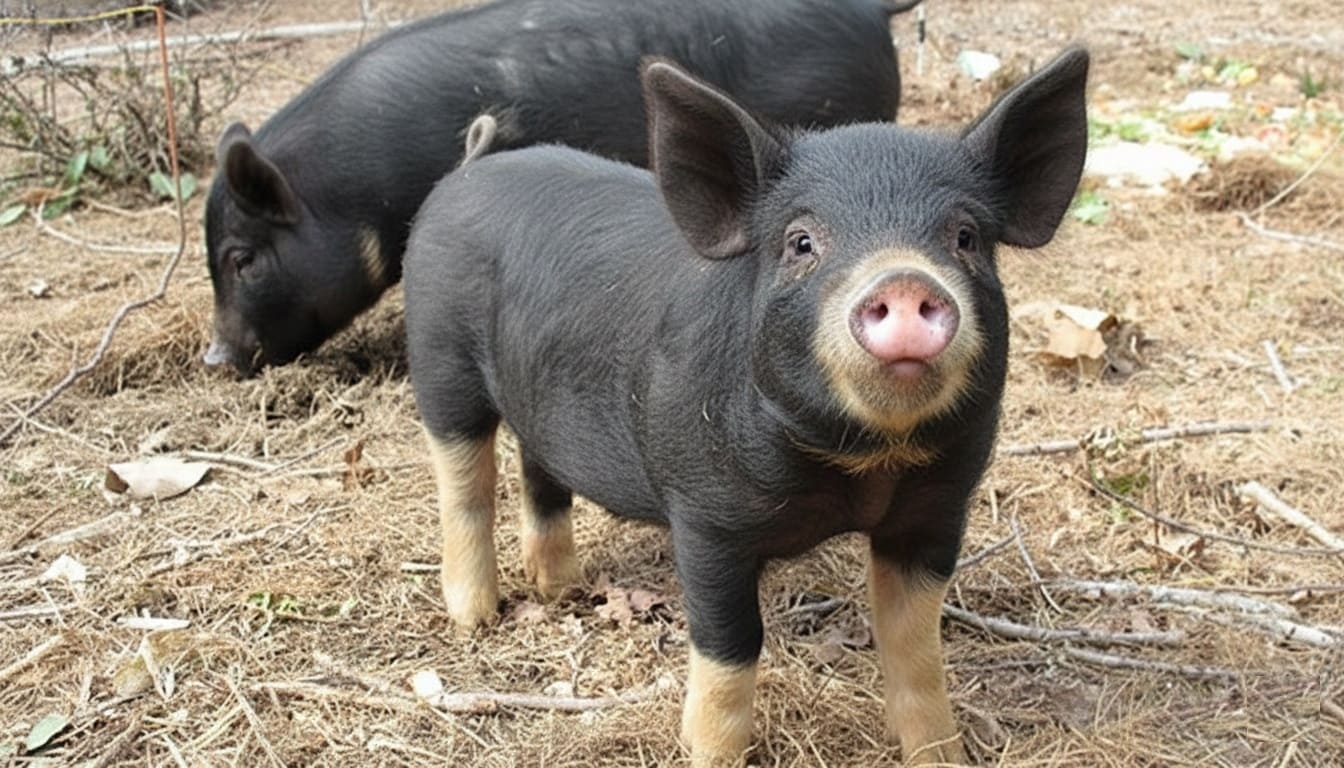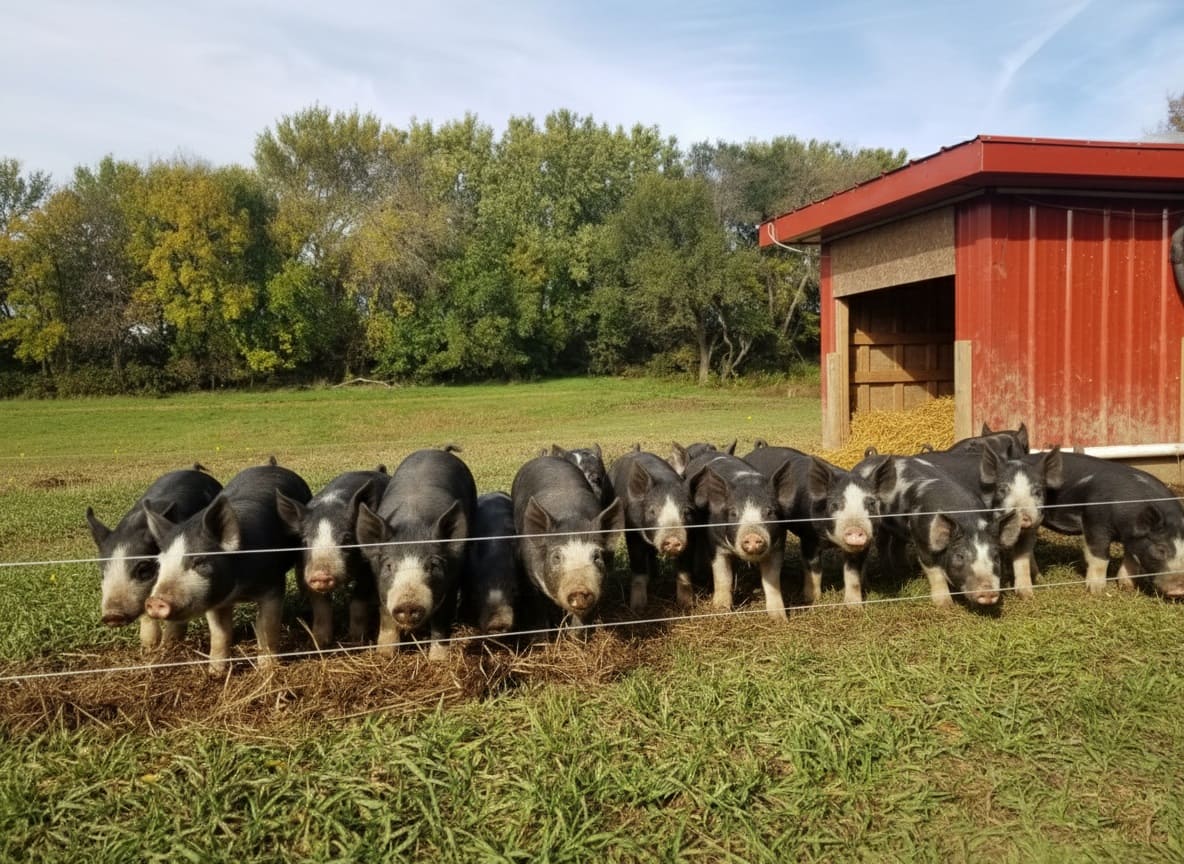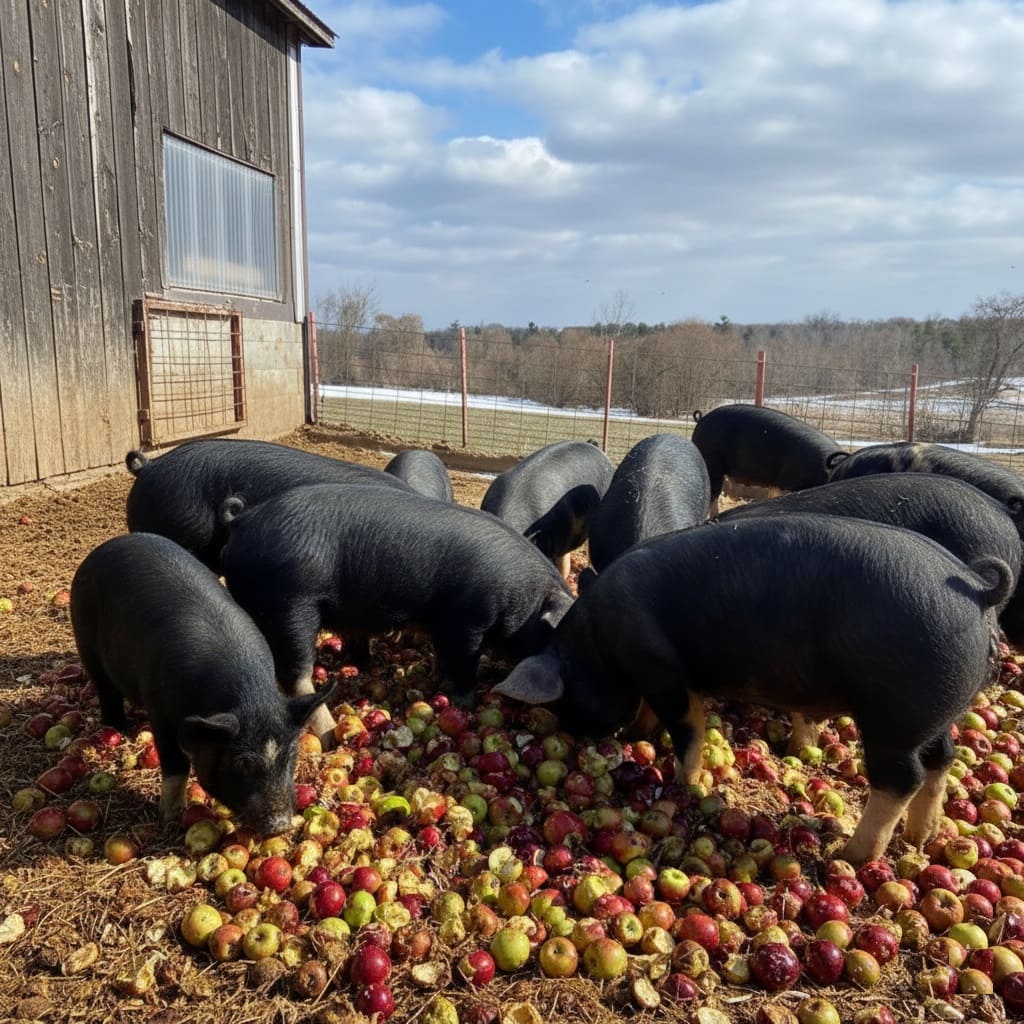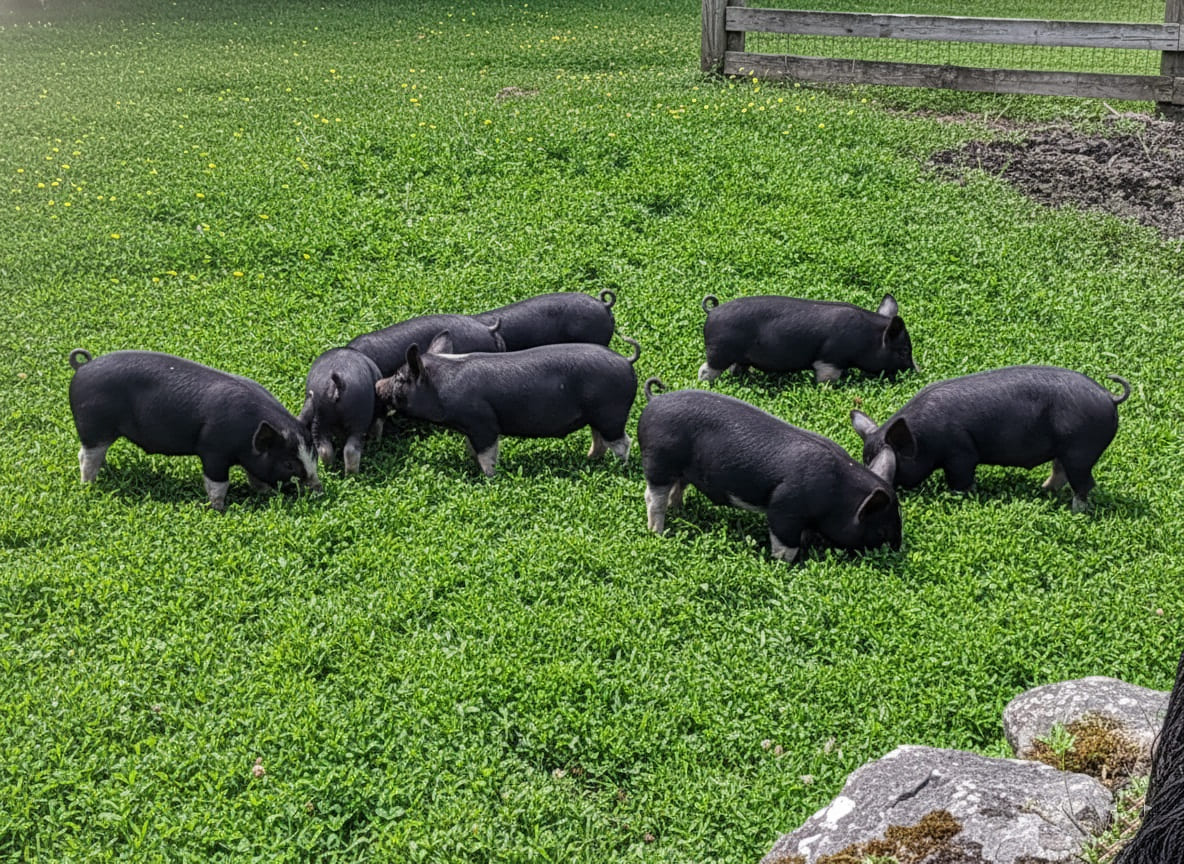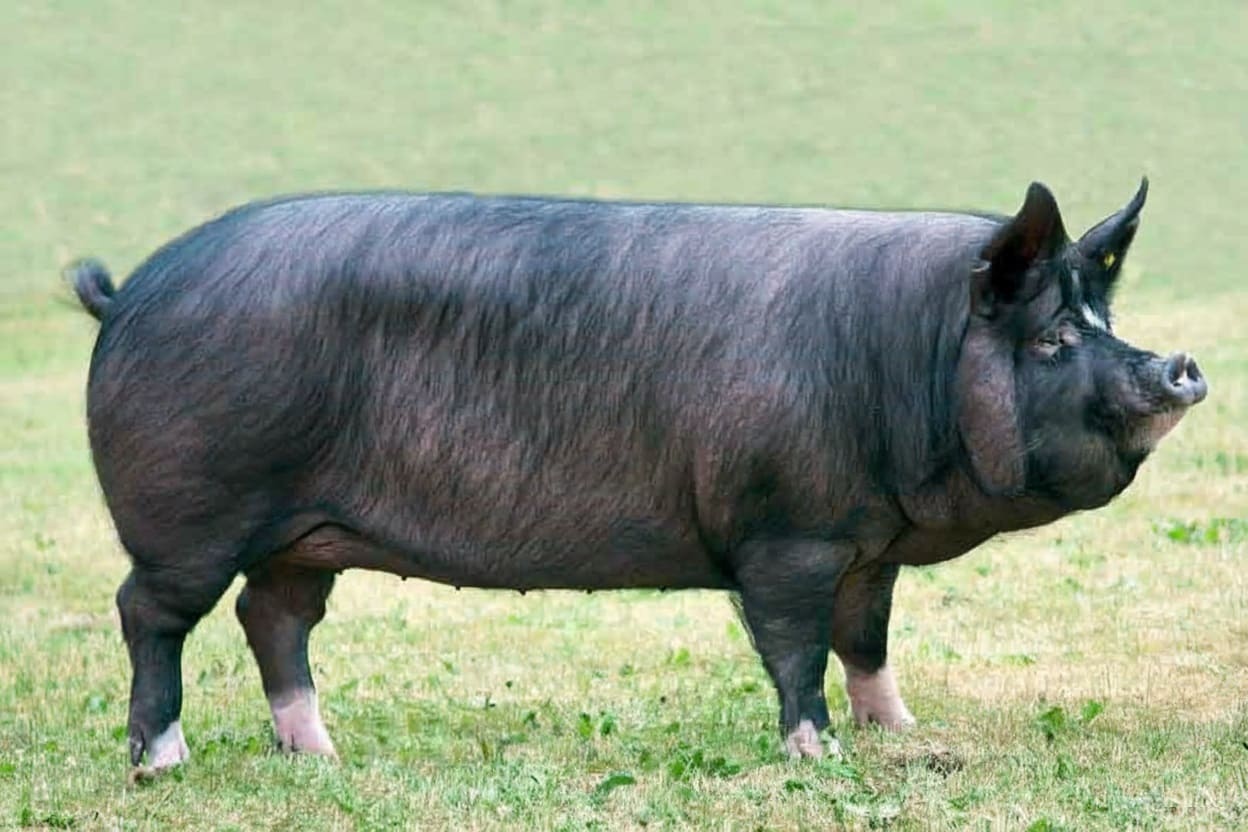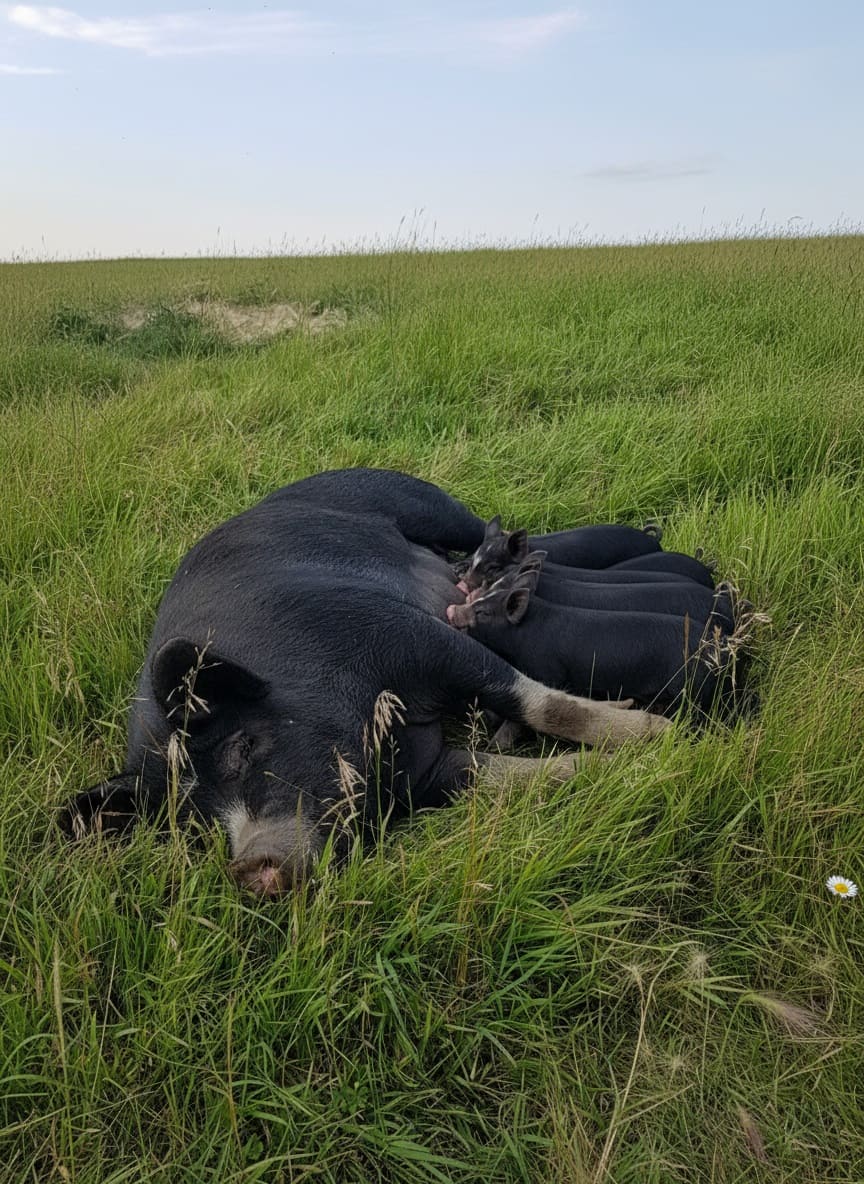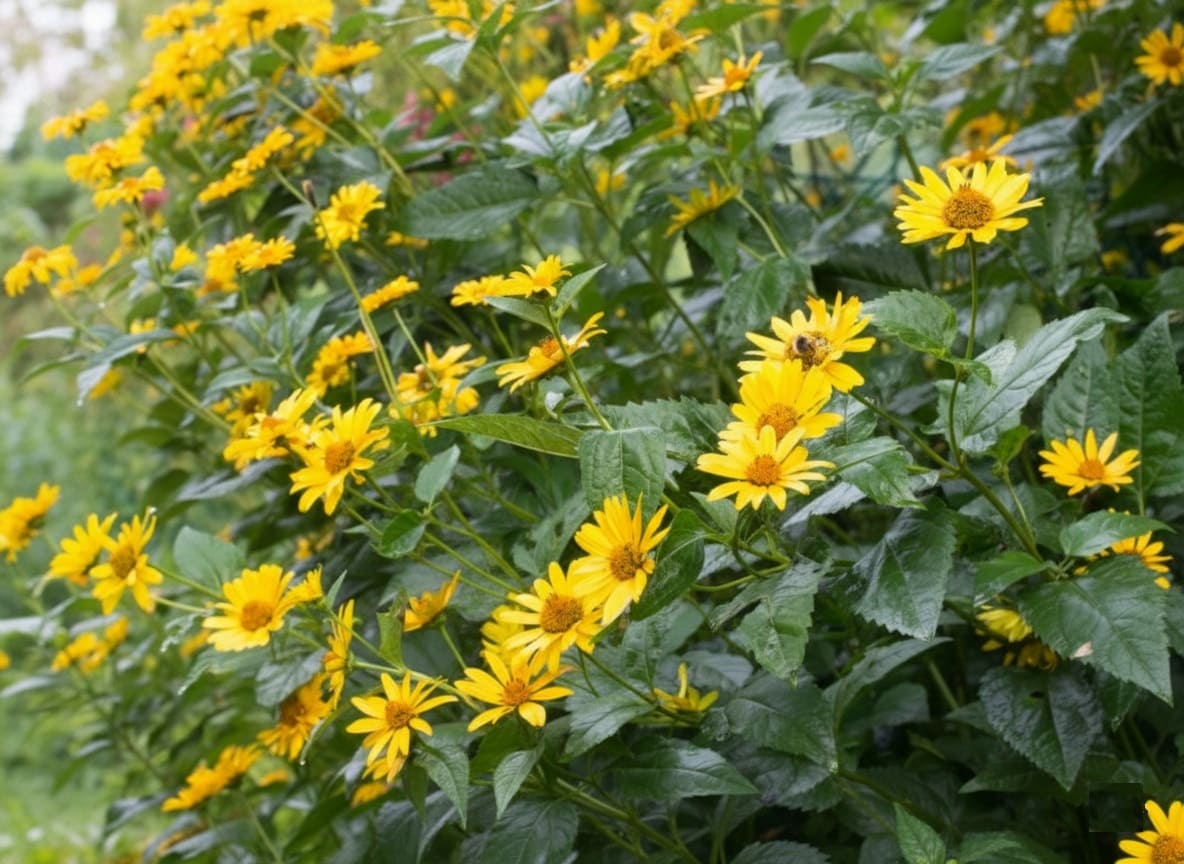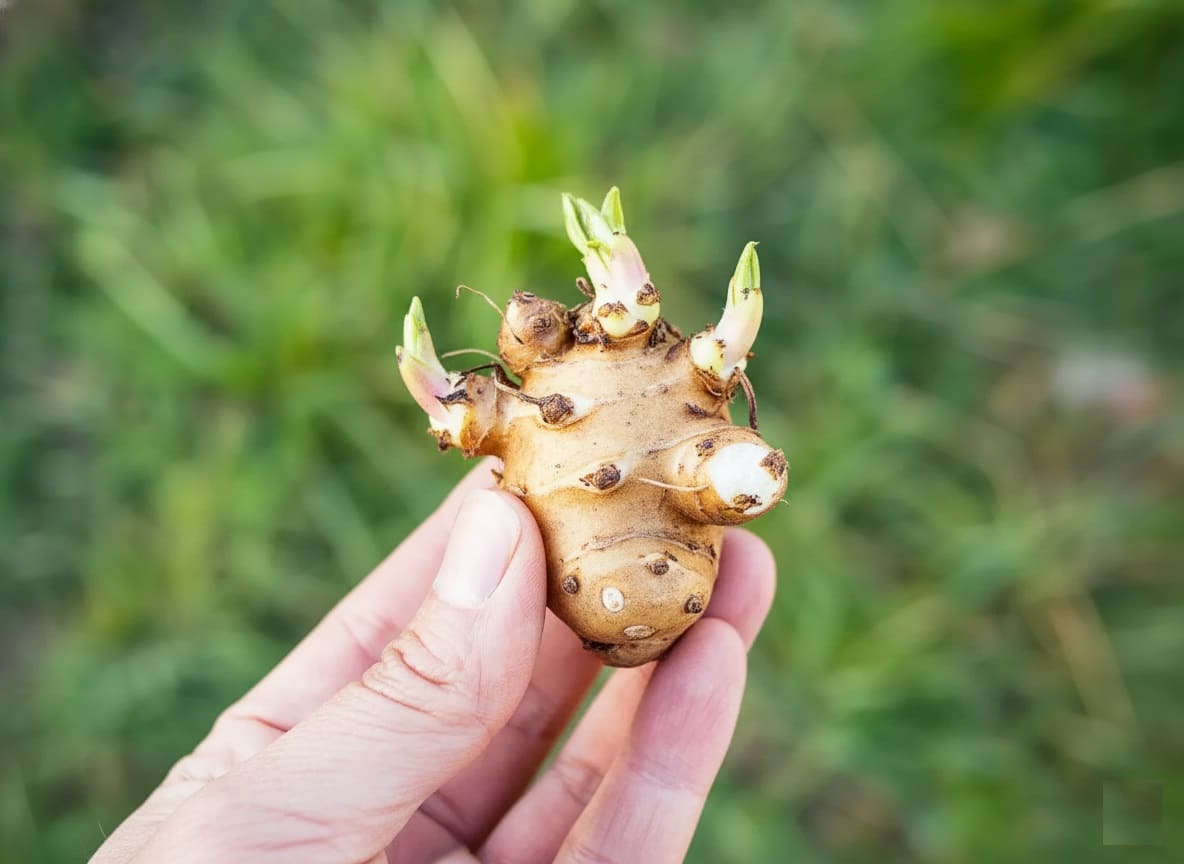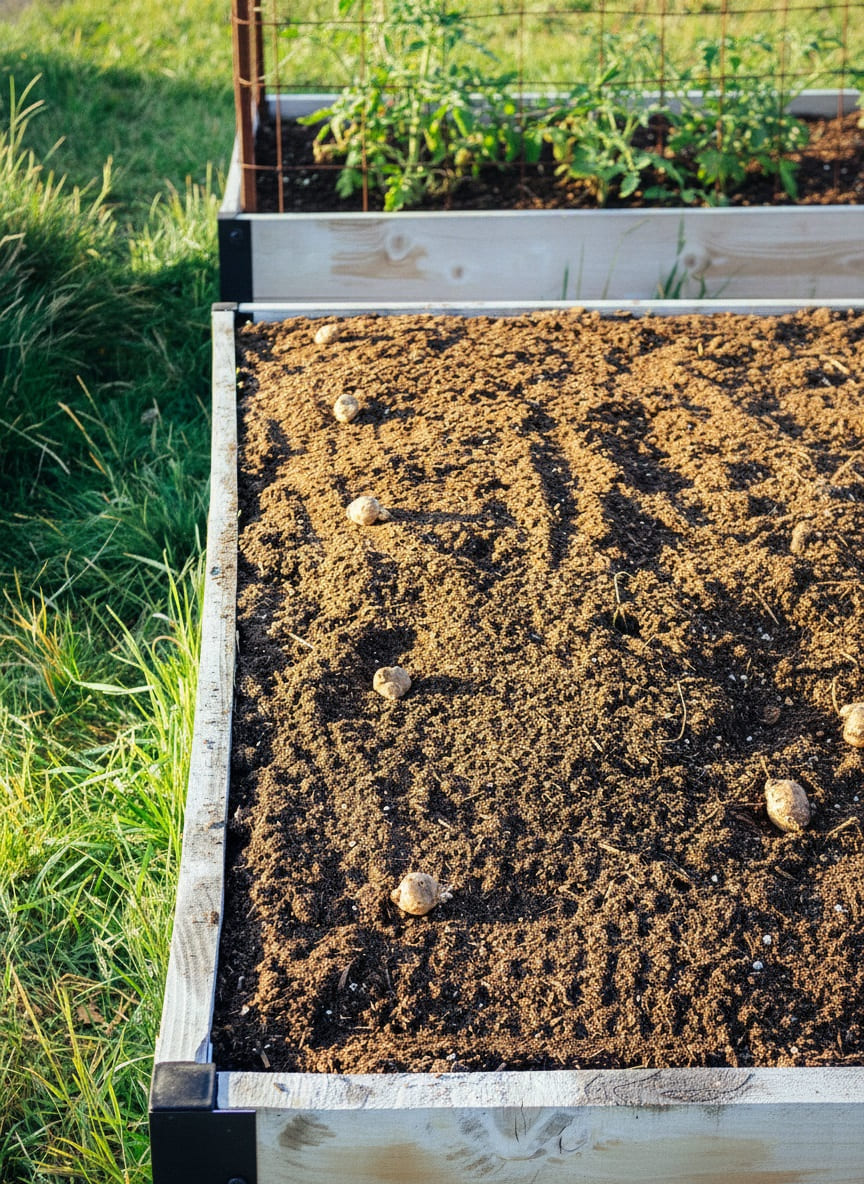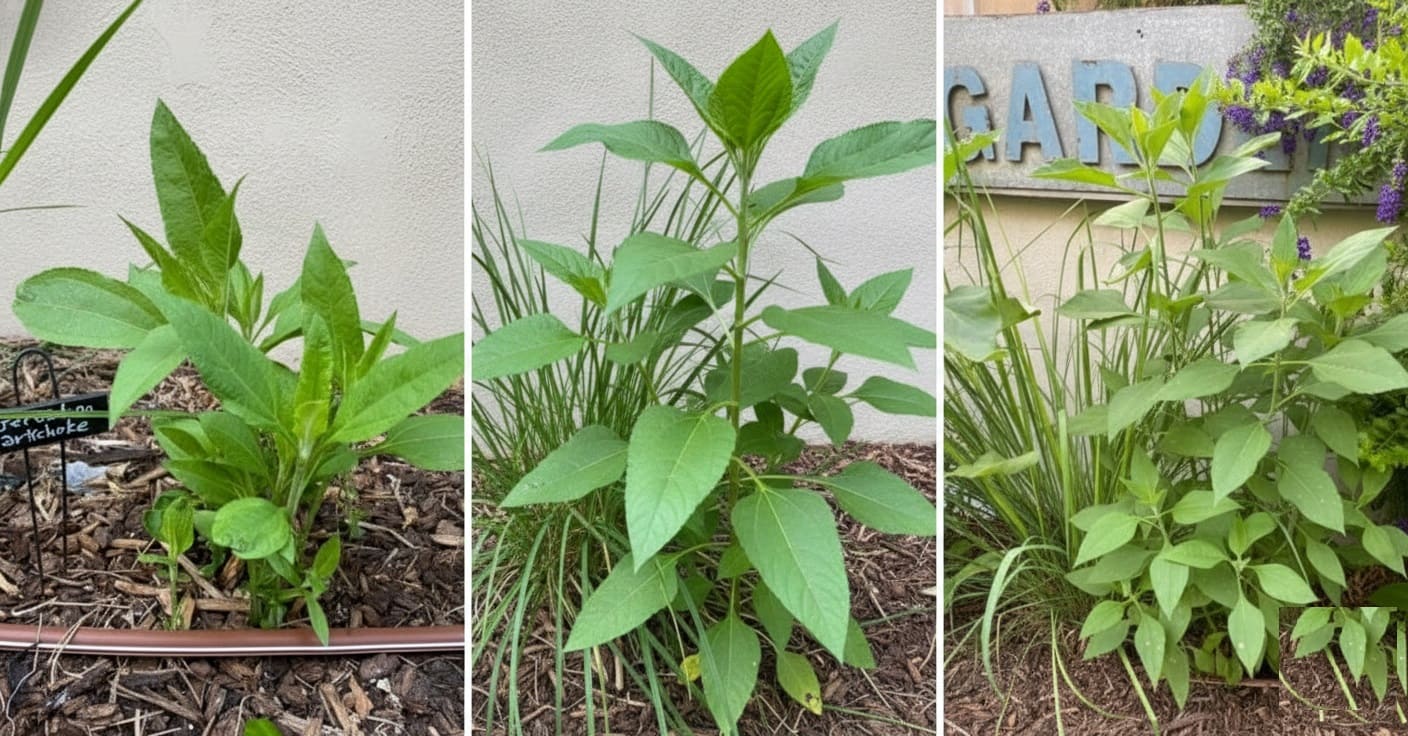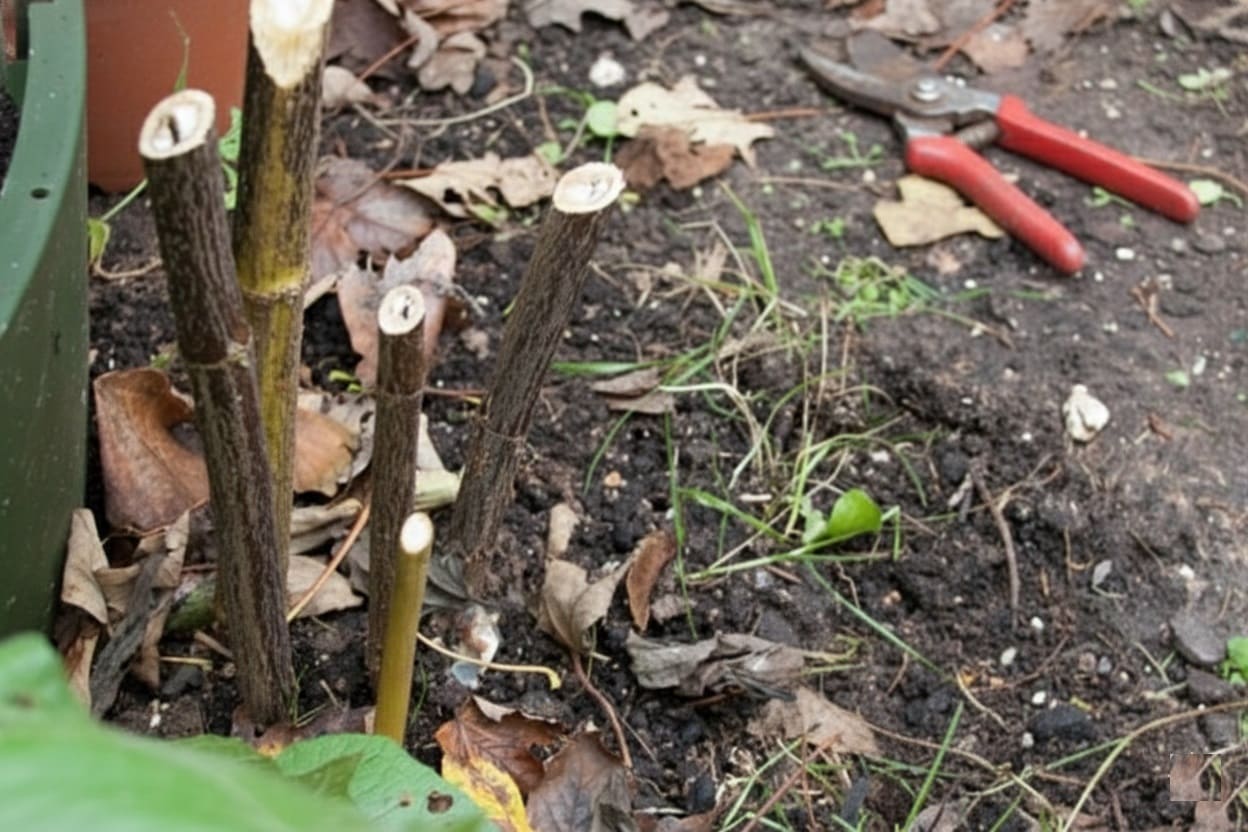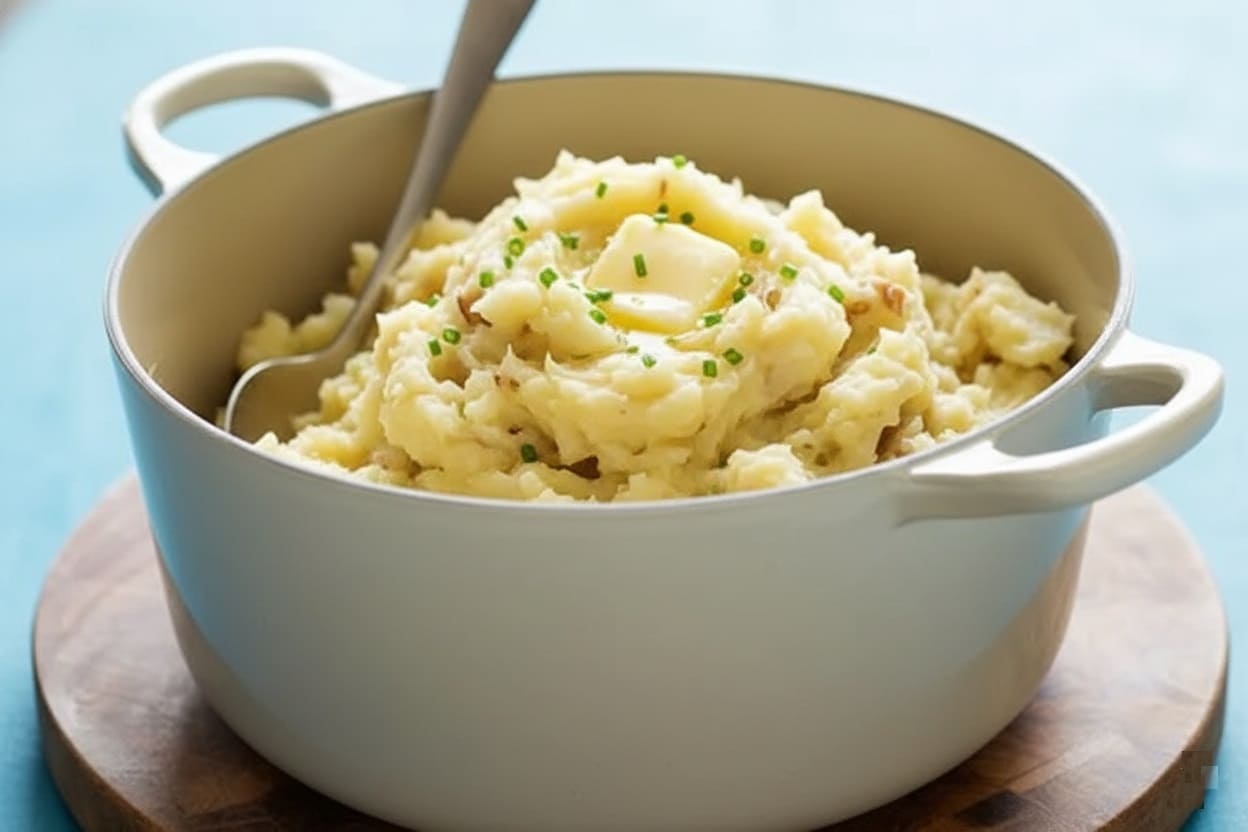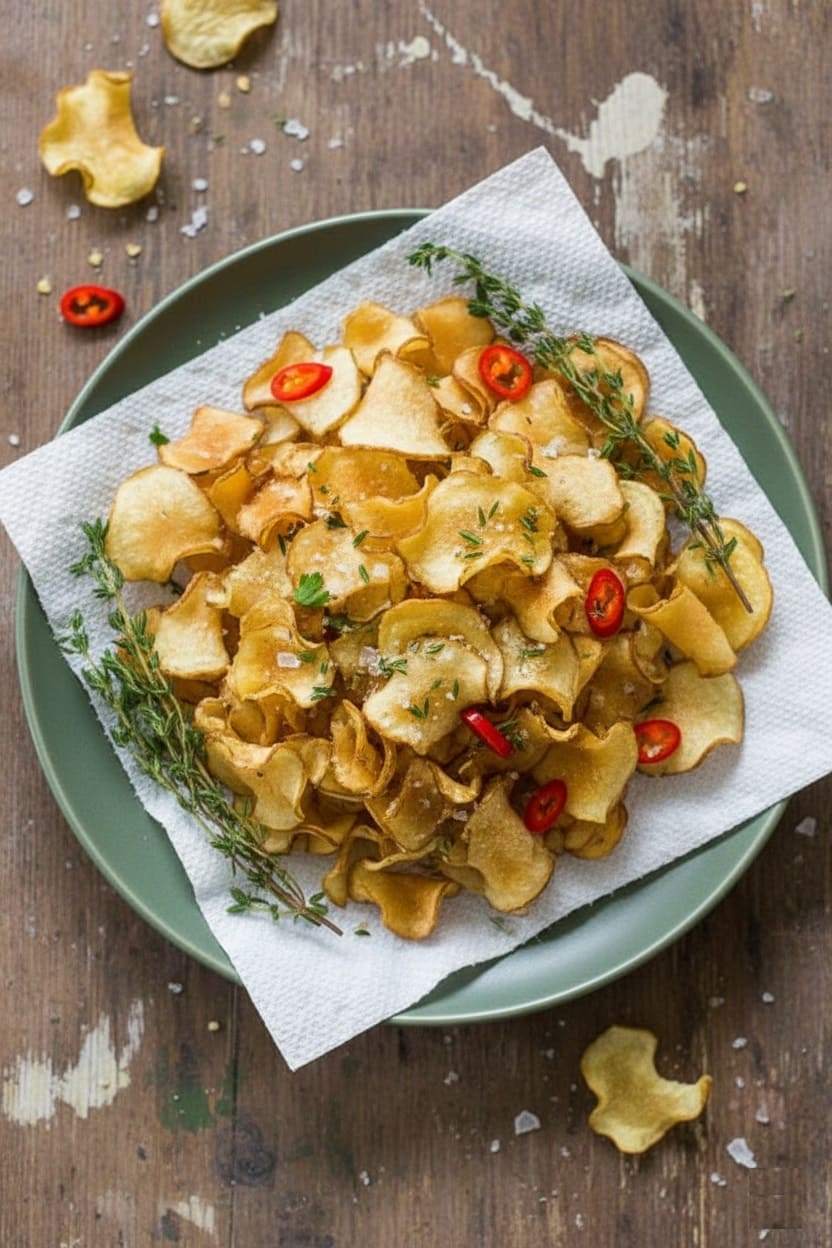Picture yourself walking through your pasture on a crisp autumn morning. A group of stout black pigs with white markings contentedly root through the grass, greeting you with friendly grunts.
These aren’t just any pigs—you’re looking at one of agriculture’s most treasured heritage breeds, renowned for producing some of the finest pork in the world.
If you’re considering raising pigs for the first time, exploring heritage livestock, or seeking a profitable niche market, Berkshire pigs deserve your attention.
By the end of this guide, you’ll understand why these remarkable animals have captivated farmers for three centuries—and whether they’re right for your operation.
 Related post: Why Duroc Pigs Are Every Farmer’s Secret to Profit
Related post: Why Duroc Pigs Are Every Farmer’s Secret to Profit
Origins: From English Estates to Global Acclaim
The Berkshire story begins in England’s Thames Valley around 1790, near the town of Wantage in Berkshire County.
But those early pigs looked dramatically different from today’s breed. Imagine massive animals weighing up to 1,000 pounds with tawny-red or sandy coats, floppy ears, and variable markings.
The transformation came in the early 1800s when breeders like Lord Barrington introduced Asian bloodlines—specifically Chinese and Siamese pigs.
This strategic cross created the modern Berkshire: medium-sized, black-coated with distinctive white markings, upright ears, and compact muscling perfectly suited for premium pork.
The breed captured aristocratic attention quickly. Queen Victoria maintained a Berkshire herd at Windsor Castle, and when American farmers formed the American Berkshire Association in 1875—the world’s first swine registry—the inaugural registered pig was her boar, “Ace of Spades.”
This dedication to preserving pure bloodlines through careful record-keeping helped Berkshires survive when mid-20th century industrial farming nearly drove them to extinction.
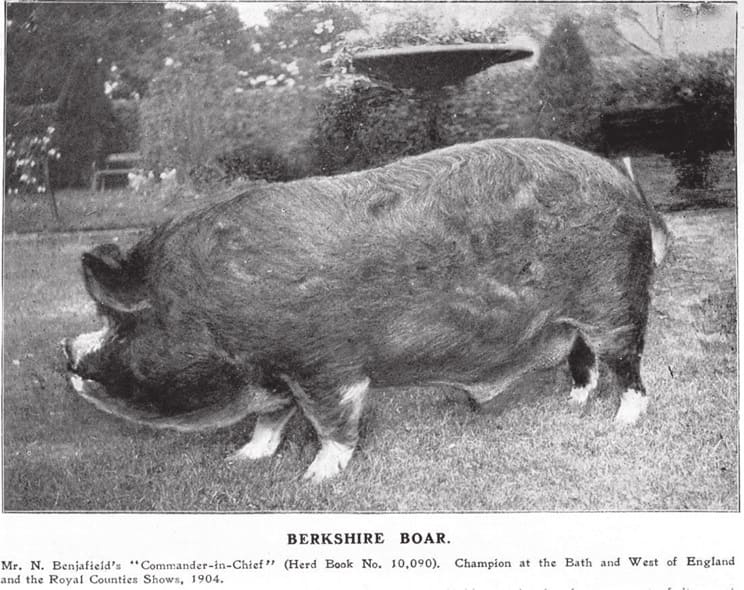
Today, Berkshires thrive globally, particularly in Japan where they’re celebrated as “Kurobuta” (black pig) pork, commanding prices comparable to Wagyu beef.
As consumers increasingly seek flavorful, ethically raised meat, these heritage pigs are experiencing a remarkable renaissance.
Recognition: The Distinctive Berkshire Appearance
Identifying authentic Berkshires is straightforward once you know the hallmarks.
These medium-sized pigs are predominantly black with six white “points”: four white feet (minimum three for registration), a white facial blaze extending partially around the snout, and a white tail tip.
Adult boars typically reach 600 pounds, while sows settle around 500 pounds with proper feeding management.
The Berkshire face features a moderate dish shape, medium-length snout, and large erect ears inclining slightly forward. Their compact, rectangular body sits on strong, straight legs set well apart.
When evaluating breeding stock, look for depth through the body, straight backs without dips, and well-rounded hams—these indicate quality genetics.
Occasionally you’ll see sandy or reddish hair where black meets white—genetic echoes of their tawny ancestors. While less desirable for showing, this doesn’t affect meat quality.
However, beware of pigs marketed as Berkshires with excessive white patches, spotted leopard patterns, or white bands around the body—these signal crossbreeding.
- The black coat advantage:
Dark pigmentation provides natural sunburn protection, making Berkshires particularly suited to outdoor systems.
Unlike pink-skinned white breeds suffering severe sun damage, Berkshires thrive in sunny pastures with adequate shade. This hardiness extends to cold weather, as the black coat efficiently absorbs solar heat.
Why Berkshire Pork Commands Premium Prices
If conventional supermarket pork is your only reference point, prepare for revelation.
Berkshire meat displays immediately visible differences: darker rosy-red color rather than pale pink, with abundant intramuscular marbling resembling prime beef. This isn’t excess fat—it’s the foundation of extraordinary flavor and tenderness.
The science is compelling. Berkshire meat has higher pH levels than conventional pork, contributing to darker color, firmer texture, and superior taste.
Research suggests Berkshires possess shorter, more numerous muscle fibers, enhancing moisture retention—resulting in exceptionally juicy pork even after cooking.
The National Pork Producers Association evaluated breeds across 24 sensory characteristics; Berkshires dominated, ranking first overall and leading 19 individual categories.
The flavor defies decades of “other white meat” marketing. Instead of bland leanness, Berkshire delivers sweet, nutty, distinctly porky taste with remarkable depth.
The intramuscular fat has a lower melting point, beginning to break down during cooking and essentially basting the meat from within—creating that melt-in-your-mouth experience people remember.
- Market reality:
While conventional pork sells for $3-4 per pound, Berkshire commands $4.80-6.50 or more—a 30-40% premium that discerning consumers willingly pay.
In Japan, where Berkshire has been prized for 150+ years, Kurobuta products can sell for double or triple conventional prices.
For farmers, this creates genuine opportunity: you’re not competing on price, you’re offering an entirely different product to an entirely different market.
Temperament: The “Lady’s Pig”
Berkshires earn their affectionate nickname through remarkably docile, friendly personalities. Unlike aggressive breeds, well-bred Berkshires genuinely enjoy human interaction, often approaching for attention rather than fleeing.
This makes them ideal for family farms with children, first-time pig keepers, and operations where customers visit to see where their meat originates.
Their intelligence—roughly equivalent to dogs—means they learn routines quickly and can even be harness-trained for easier movement between pastures.
Watching them methodically work through a pasture, using powerful snouts to excavate roots and insects, demonstrates both their foraging brilliance and entertaining nature. They become genuine farm characters, not just production animals.
However, remember that individual personalities vary, and breeding boars always deserve respect regardless of breed reputation. Proper handling practices and awareness around animals weighing 600+ pounds remains essential.
Practical Management: Setting Up for Success
Space, Housing, and Infrastructure
Start with adequate space: minimum 200 square feet (roughly 20’x10′) for a meat-raising pair, but more is always better.
Breeding operations require 400-600 square feet per sow plus expanding space for growing litters. Overcrowding triggers aggression, parasites, and poor growth.
Housing needn’t be elaborate but must provide weather protection, draft-free design, dry bedding areas, and separate farrowing space for pregnant sows.
Many farmers successfully use hoop houses, three-sided sheds, or repurposed structures. The key is protecting pigs from weather extremes while maintaining ventilation.
- Summer essentials:
Shade structures and ideally a mud wallow. Berkshires handle heat reasonably well but still need cooling options. Mud isn’t just recreational—it’s thermoregulation and parasite protection combined.
- Winter considerations:
Despite hardiness, pigs need deep bedding and draft-free shelter when temperatures plummet. The black coat helps absorb solar warmth, but extreme cold still demands protection, especially for newborn piglets.
- Fencing fundamentals:
Electric fencing works excellently—lightweight, affordable, movable for rotational grazing—but pigs must be trained to respect it.
The proper method involves setting electric wire inside existing physical fencing initially. After encountering the shock while unable to escape, pigs learn permanent fence respect.
 Here’s How to Craft Wooden Fence Posts from Farm Trees: A DIY Guide
Here’s How to Craft Wooden Fence Posts from Farm Trees: A DIY Guide
A farmer I know skipped this training step. His new Berkshire weaners panicked at dusk, ran straight through the untested electric fence, and scattered into surrounding woods. Days of recapture effort taught an expensive lesson: always train pigs to electric fence first.
For permanent installations, woven wire with electric offset prevents digging and climbing. Whatever system you choose, regular fence checks become routine—pigs are determined escape artists when motivated.
Feeding for Quality and Growth
Feed requirements by stage:
- Weaners (8-12 weeks, 15-30 lbs): 2-3 lbs daily of 16-18% protein starter feed
- Growers (3-5 months, 30-150 lbs): 4-6 lbs daily of 14-16% protein grower feed
- Finishers (5-7 months, 150-250 lbs): 5-7 lbs daily of 13-15% protein finisher feed
- Breeding stock: 4-5 lbs daily maintenance; increase to 6-8 lbs during pregnancy/lactation
Quality feed should include balanced grains (corn, barley, wheat, oats, peas), protein sources (soybean or pea protein), and complete minerals and vitamins.
 Discover 15 Ancient Grains You Should Try — Benefits, Uses & Recipes
Discover 15 Ancient Grains You Should Try — Benefits, Uses & Recipes
Many successful farmers supplement commercial feed with farm-produced ingredients: surplus vegetables, culled produce, dairy by-products, and pasture forage. However, verify local regulations—some jurisdictions prohibit food scraps in pig feed.
Water is critical:
Pigs consume 2-5 gallons daily depending on size and weather. Dehydration rapidly impacts growth and health. Check waterers multiple times daily, especially in freezing conditions.
Feed conversion ratios for Berkshires hover around 2.6-2.9:1, meaning they require roughly 2.6-2.9 pounds of feed per pound gained—competitive with commercial breeds and excellent for heritage stock.
Reaching market weight (220-250 pounds) from weaning typically takes 5-6 months with proper nutrition.
Understanding boar taint:
Intact males develop a distinctive off-odor and flavor in their meat as they reach sexual maturity, caused by compounds accumulating in fat tissue. This “boar taint” makes pork unpalatable to many consumers.
Most males destined for meat are castrated at 1-3 weeks old, though some farmers market intact males young (before 5-6 months) or target niche markets accepting intact male pork.
Health Management and Warning Signs
Berkshire hardiness means generally robust health, but vigilance prevents problems from escalating.
Watch for these illness indicators:
- Lethargy or unwillingness to rise
- Loss of appetite lasting more than a meal
- Labored breathing or coughing
- Diarrhea or constipation
- Limping or reluctance to move
- Skin lesions, excessive scratching, or hair loss
- Discharge from eyes, nose, or vulva
- Body temperature outside normal range (101.5-103.5°F)
Parasite management:
Internal parasites (worms) and external parasites (mange mites, lice) affect outdoor pigs. Establish a deworming schedule with your veterinarian—typically every 2-3 months for growing pigs, twice yearly for adults.
 Learn to Mastering Chicken Deworming: A Vital Guide for Poultry Keepers
Learn to Mastering Chicken Deworming: A Vital Guide for Poultry Keepers
For external parasites, watch for hair loss around ears, crusty skin, or excessive scratching. Both respond well to treatment when caught early.
Veterinary relationships:
Establish care before emergencies arise. Not all vets work with pigs, and fewer treat pastured operations. Finding a vet experienced with heritage breeds proves invaluable.
You’ll need prescriptions for medications—over-the-counter options available for other livestock aren’t legal for pigs in many jurisdictions.
Biosecurity basics:
When purchasing new stock, quarantine animals 2-3 weeks before introducing them to existing pigs. This isolation period allows observation for developing illness and prevents disease transmission.
Pasture Management and Rotation
Berkshires are enthusiastic foragers, but this comes with consequences: they’ll transform lush pasture into tilled earth remarkably fast.
Their rooting instinct—using powerful snouts as natural plows—turns up roots, insects, and anything else interesting while simultaneously fertilizing.
- Rotation strategy:
Divide available space into 2-4 paddocks. Move pigs every 3-6 weeks (timing depends on paddock size and pig number), allowing vegetation recovery before returning.
This prevents complete pasture destruction while maintaining forage value and reducing parasite loads.
- Seasonal forage:
Spring and summer offer maximum pasture nutrition—lush grasses, clovers, and forbs provide protein, vitamins, and minerals. Fall brings acorns, nuts, and root vegetables pigs relish.
Winter requires supplemental hay and increased grain since dormant pastures provide minimal nutrition.
Properly managed, pigs improve pasture over time by breaking up compacted soil, eliminating undesirable plants, and distributing fertilizer. The key is rotation timing—move them before they create moonscapes.
Raising Pigs for Meat: The Finishing Process
Most Berkshire farmers focus on finishing pigs for premium pork rather than breeding. Understanding this process is essential for success.
Timeline from weaner to butcher:
- Purchase weaners: 8-12 weeks old, 15-30 pounds
- Growing period: 5-6 months of feeding and management
- Target finish weight: 220-250 pounds live weight
- Processing timing: Usually October-December for spring-born pigs
Ideal slaughter weight considerations:
Berkshires are early-finishing, meaning they reach optimal carcass quality at lighter weights than commercial breeds.
Target 220-250 pounds live weight for standard pork cuts (chops, roasts, fresh bacon). For traditional cured ham and bacon, finish heavier at 250-280 pounds. Beyond 280 pounds, fat becomes excessive and cutting yields drop.
Expected meat yield: From a 250-pound pig, expect approximately:
- Hanging weight: 175-190 pounds (70-75% of live weight)
- Packaged meat: 125-145 pounds (50-55% of live weight)
- Breakdown: 25-30 lbs chops, 15-20 lbs roasts, 20-25 lbs ground pork, 15-20 lbs bacon, 15-20 lbs ham, plus ribs, shoulder, and organs
Processing realities:
USDA-inspected facilities allow retail sales to anyone. Custom processors (non-inspected) only allow sales to customers purchasing the live animal before slaughter—legal structures vary by state.
Book processors months ahead; they’re consistently backlogged, especially during fall processing season. Ask fellow farmers for processor recommendations, as quality varies dramatically.
Breeding Operations: A Deeper Commitment
Breeding transforms seasonal pig-raising into year-round livestock farming. Before committing, honestly evaluate whether this aligns with your goals, resources, and market access.
Selecting Quality Breeding Stock
Quality foundation animals determine everything that follows. Source from reputable breeders registered with the American Berkshire Association or equivalent organizations.
They provide pedigrees, health documentation, and genetic history helping you avoid inbreeding while selecting desirable traits.
- Evaluating conformation:
Look for rectangular body shape with good depth, straight backs without dips toward the rear, strong legs set wide apart, and well-rounded hams. Avoid narrow hips, close-set feet, or visible structural weakness—these predict problems.
- Boar selection is crucial:
Your boar contributes half the genetics to every piglet. Never compromise on boar quality. Expect premium pricing ($500-1,000+) for superior genetics, but this investment pays across every litter he sires.
Temperament matters immensely—aggressive boars become dangerous as they mature.
- Age and timing:
Young weaners cost less but require 8-12 months before breeding. Bred gilts or proven sows cost more but produce sooner. Evaluate based on your timeline and budget.
The Breeding Cycle
- Sexual maturity:
Gilts reach maturity around 6-8 months but shouldn’t breed until 8-12 months when properly developed. Boars mature similarly but many breeders wait until 8-10 months for first breeding.
- Recognizing estrus:
Sows cycle every 21 days when not pregnant. Heat signs include restlessness, vocalization, swollen reddened vulva, and “standing heat” (freezing when back pressure is applied).
Gilts remain in estrus 24-48 hours; experienced sows may cycle up to 72 hours. Breed during standing heat for best conception rates.
- Breeding methods:
Natural breeding involves supervised introduction of boar and sow, leaving them together for several days.
Artificial insemination (AI) offers genetic diversity without maintaining multiple boars but requires training, precise timing, and specialized equipment. Fresh semen needs immediate use; frozen semen requires liquid nitrogen storage tanks.
- Gestation:
Berkshires average 114-116 days (remember: “3 months, 3 weeks, 3 days”). Mark breeding dates clearly to prepare for farrowing.
Farrowing Management
- Pre-farrowing preparation:
As birth approaches, sows exhibit nest-building behavior, gathering mouthfuls of bedding material. Provide a clean, dry, draft-free space with deep bedding. Berkshire mothering instincts are excellent—most farrow successfully without intervention.
- The birth process:
Labor typically lasts 2-5 hours with 10-20 minutes between piglets. Healthy piglets emerge quickly, break free from birth sacs, and seek teats within minutes.
Stay nearby to address complications: piglets trapped in membranes, weak piglets needing assistance, or prolonged labor suggesting problems.
- Newborn care:
Ensure every piglet nurses colostrum within the first hours—this first milk contains crucial antibodies. Count piglets against teat count (minimum 12 teats; each piglet needs one).
Watch for chilling in cold weather, providing heat lamps if necessary. Berkshire litters average 8-10 piglets, though first-time gilts typically produce fewer.
 Here’s How to Care for Newborn Piglets: Farrowing, Feeding & Health Tips
Here’s How to Care for Newborn Piglets: Farrowing, Feeding & Health Tips
- Winter vs. summer farrowing:
Winter births reduce heat stress on sows but demand vigilant piglet warming. Summer farrowing eases piglet survival but challenges sows with heat—ensure shade, water, and cooling options.
Growing and Marketing Piglets
- Weaning:
Piglets wean at 6-8 weeks when eating solid feed reliably and weighing 15-20 pounds. This stresses both sows and piglets, so separate gradually if possible. Keep weaned littermates together to maintain social bonds.
- Feeder pig sales:
Many breeders sell weaners to customers who’ll finish them for meat, avoiding months of additional feeding. Price weaners at $75-125 depending on quality, registration status, and local markets. This generates steady income without extended feed costs.
- When to replace breeding stock:
Berkshire sows produce well for 4-6 years, with some remaining productive beyond 10 years. Replace when litter sizes decline, mothering quality diminishes, or fertility drops.
Boars typically need replacement every 2-3 years to maintain genetic diversity and manage size/temperament issues.
Common Mistakes to Avoid
Learning from others’ errors saves time, money, and heartache:
- Underestimating space needs: Overcrowding triggers aggression, disease, and poor growth. Always provide more space than minimum recommendations.
- Inadequate fencing: Pigs test boundaries constantly. Invest in proper fencing from the start—repairs and recaptures cost far more than doing it right initially.
- Neglecting water: Dehydration affects pigs faster than feed shortages. Check waterers multiple times daily, especially in temperature extremes.
- Buying poor-quality stock: Cheap pigs often carry hidden problems: poor genetics, health issues, or aggressive temperaments. Buy the best you can afford from reputable breeders.
- Skipping quarantine: Introducing new animals without quarantine risks spreading disease through your entire herd. Always isolate new purchases 2-3 weeks.
- Insufficient market research: Breeding pigs without confirmed buyers leaves you scrambling as feed costs mount. Establish markets before your first litter arrives.
- Ignoring health issues: Small problems escalate rapidly in pigs. Address concerns immediately rather than hoping they resolve spontaneously.
- Winter farrowing without preparation: Newborn piglets die quickly in cold. If farrowing in winter, ensure heated shelters and constant monitoring.
Economic Reality: Making the Numbers Work
Understanding true costs and realistic revenue allows intelligent decisions.
Initial investment:
- Quality breeding pair: $500-1,000+
- Fencing and housing: $800-2,500
- Equipment (feeders, waterers, panels): $200-400
- Total startup: $1,500-4,000+
Annual costs per breeding sow:
- Feed (sow + two litters): $1,200-2,000
- Veterinary care: $100-200
- Bedding: $100-150
- Maintenance: $100-200
- Processing (for meat sales): $150-300 per pig
- Total: $1,650-2,850+
Revenue scenarios:
Selling feeder pigs: 2 litters × 8-10 piglets × $75-125 = $1,200-2,500 annually
Direct pork sales: 2 litters × 8-10 pigs × $800-1,500 per finished pig = $12,800-30,000 annually (minus processing costs of $1,200-3,000)
The math favors direct meat marketing dramatically, but requires processing connections, legal compliance, marketing effort, and customer base development. Feeder pig sales generate modest income with minimal additional work.
Marketing success strategies:
Build email lists, maintain social media presence, attend farmers markets, partner with restaurants, and leverage farm visits.
Share your story—people pay premium prices for transparency, animal welfare, and connection to their food source. Photos of happy pigs on pasture transform abstract “local meat” into tangible experience.
Frequently Asked Questions
- How does Berkshire pork compare to other heritage breeds like Tamworth or Gloucestershire Old Spots?
Berkshires excel in marbling and meat flavor, often considered the premium choice among heritage breeds. Tamworths produce leaner bacon-type carcasses with less marbling.
Gloucestershire Old Spots offer good lard production but less meat quality reputation. For direct marketing emphasizing taste, Berkshires typically command highest prices.
- Can I raise Berkshires without pasture access?
While Berkshires adapt to confinement better than some breeds, they thrive outdoors and pasture access significantly enhances welfare, reduces feed costs, and supports premium marketing.
If space-limited, provide ample pen space, enrichment materials, and high-quality feed. However, outdoor heritage pork commands better prices.
- What’s the minimum number of pigs to make breeding profitable?
One quality sow producing two litters annually (16-20 piglets) provides reasonable side income but likely won’t replace full-time employment.
Two sows (32-40 piglets annually) can generate substantial revenue with direct marketing, potentially $15,000-25,000 after expenses. Scale depends on your goals, available time, and market demand.
- How do I find USDA-inspected processors?
Contact your state department of agriculture for lists of inspected facilities. Ask local farmers for recommendations. Book months ahead—processors stay backlogged, especially during peak fall season. Some states maintain online directories of licensed facilities.
- Are heritage pigs more disease-resistant than commercial breeds?
Berkshires show good general hardiness, but “disease-resistant” overstates reality. They benefit from genetic diversity and outdoor hardiness bred through generations, but still require proper management, biosecurity, and veterinary care.
Their main advantage is adaptability to outdoor systems where some commercial breeds struggle.
Your Berkshire Journey Begins Now
Berkshire pigs offer something increasingly rare: a proven path to sustainable farming while honoring agricultural heritage.
Their combination of exceptional meat quality, manageable temperament, breeding reliability, and premium market demand creates opportunities for farmers willing to step beyond commodity production.
Whether seeking homestead self-sufficiency, launching a niche meat business, or expanding existing operations, Berkshires deserve serious consideration.
Their 300-year track record demonstrates remarkable consistency—few breeds maintain such excellence across centuries of changing agricultural landscapes.
Success with Berkshires requires commitment: proper preparation, quality breeding stock, adequate facilities, consistent management, and most importantly, connecting with customers who value what you’re producing.
But the rewards—financial, personal, and agricultural—make the journey worthwhile.
Ready to begin? Research breeders through the American Berkshire Association, visit farms raising Berkshires to see operations firsthand, and connect with farmers already succeeding with this breed.
Your adventure with one of agriculture’s finest heritage pigs awaits—and every delicious bite of pork you produce will prove you made the right choice.
What questions do you have about starting with Berkshires? Share your thoughts in the comments—let’s build a community supporting better farming and better food.
source https://harvestsavvy.com/raising-berkshire-pigs/
